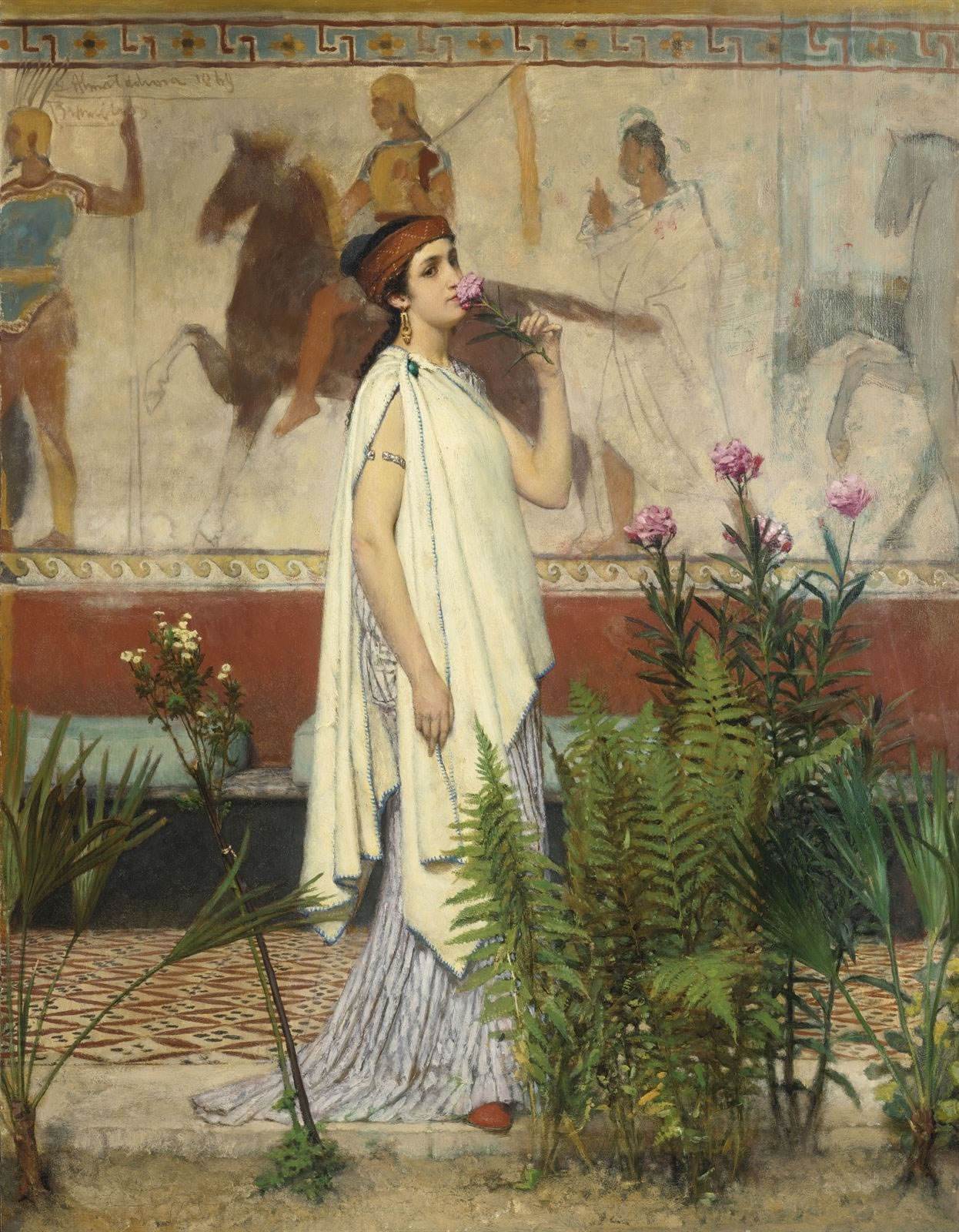
LifeStyle > Amazing-Hotels
Paintings inspired by the Isle of Capri
Lawrence Alma Tadema BRITISH
[1883—1912]
A GREEK WOMAN, ca.1869
Sir Lawrence Alma-Tadema was born in Dronrijp, the Netherlands on January 8, 1836 was a Dutch painter of the Romanticism style. As a classical-subject painter, he became famous for his depictions of the luxury and decadence of the Roman Empire, with languorous figures set in fabulous marbled interiors or against a backdrop of dazzling blue Mediterranean Sea and sky. He died on 28 June 1912 at the age of seventy-six in Wiesbaden, Germany. Though admired during his lifetime for his draftsmanship and depictions of Classical antiquity, his work fell into disrepute after his death, and only since the 1960s has it been noticed for its importance within nineteenth-century English art.









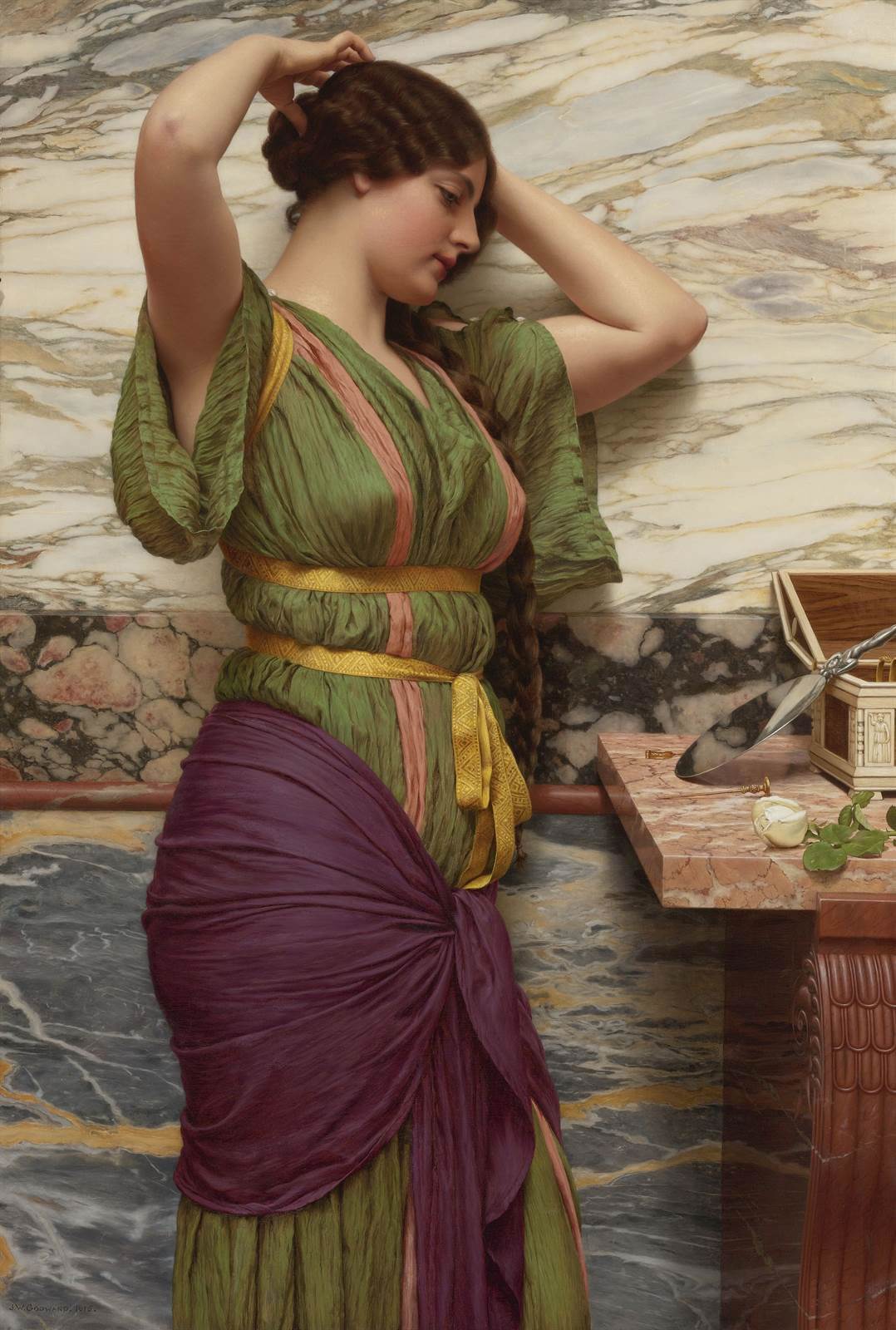
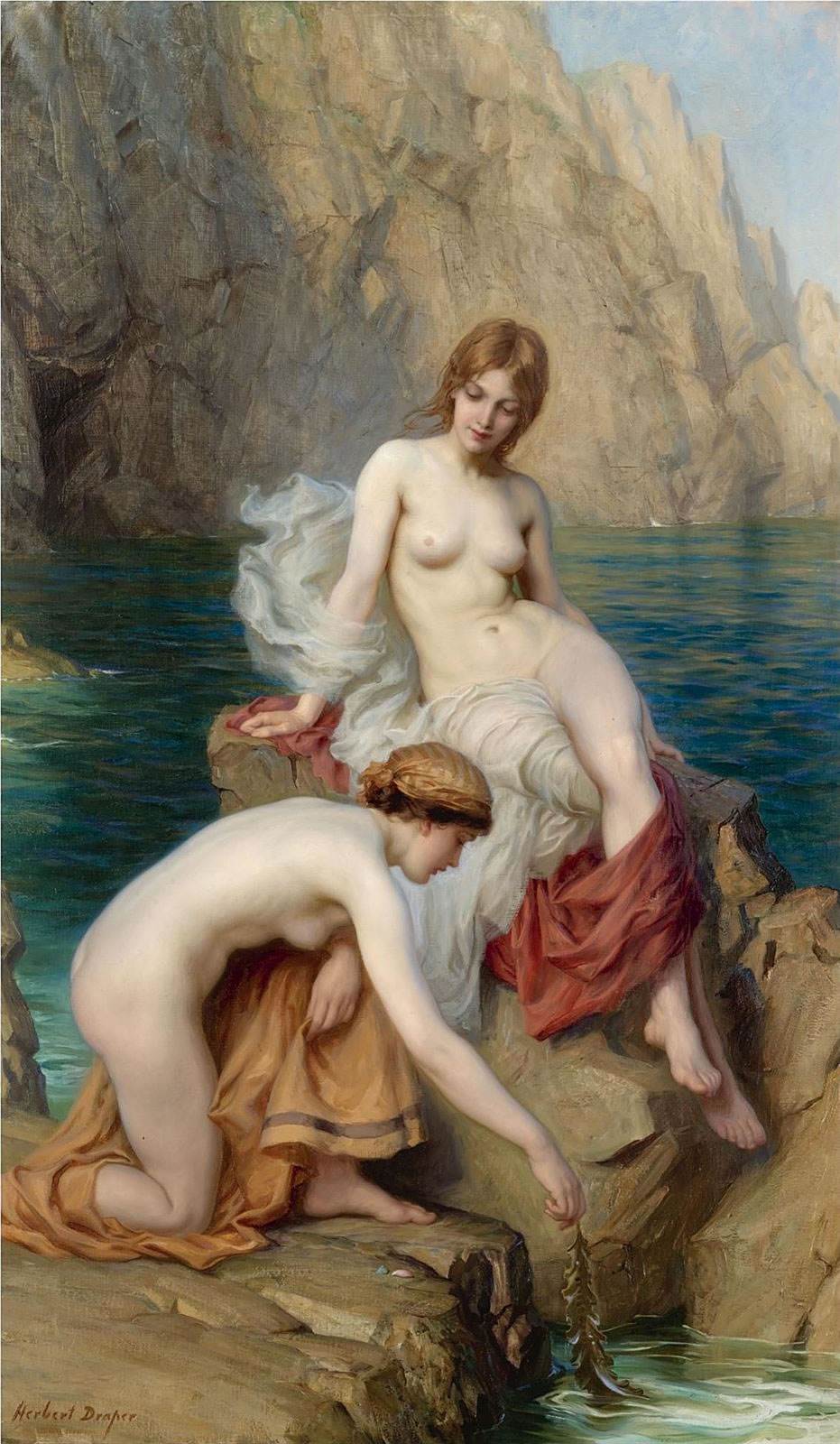
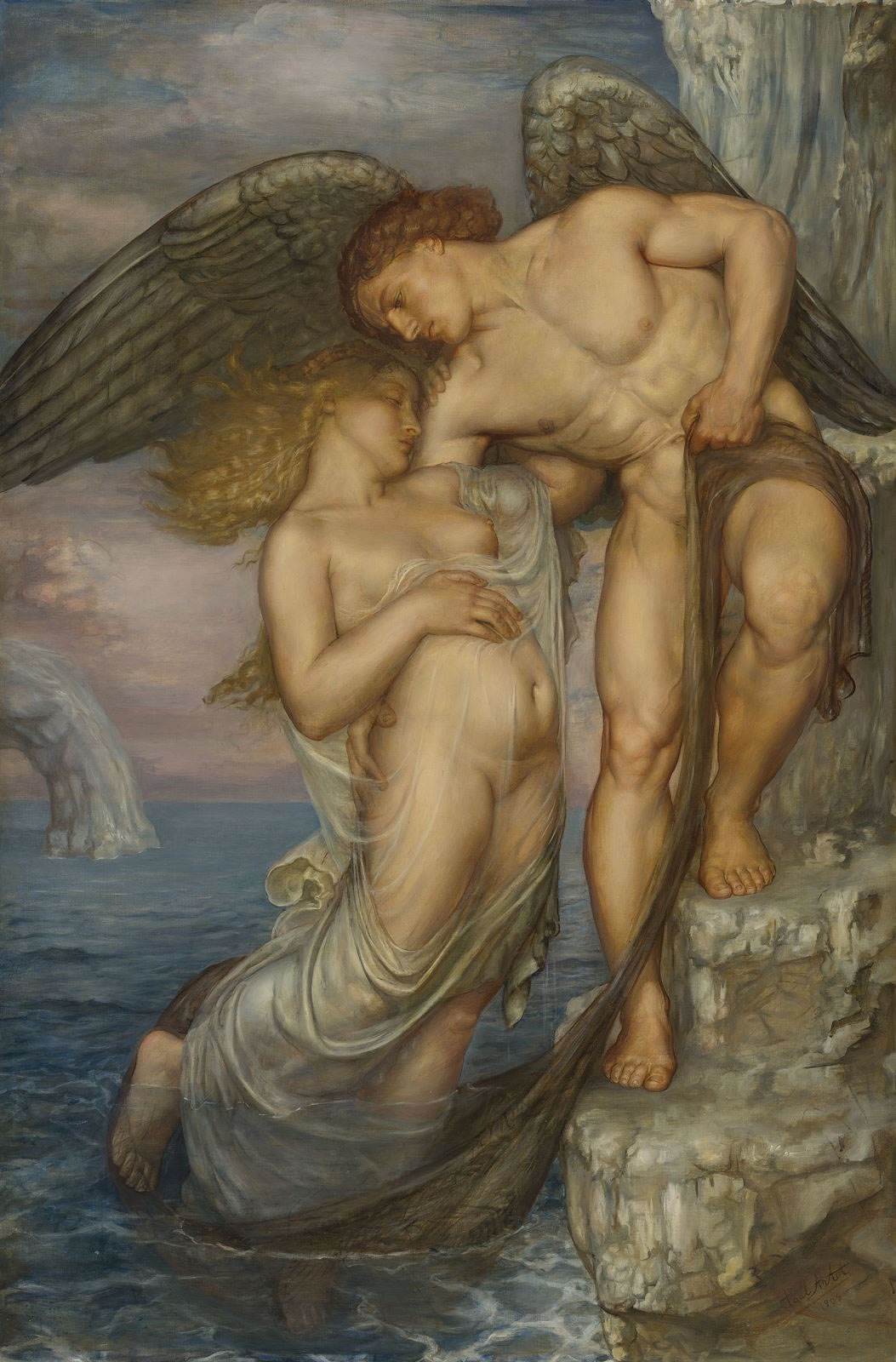
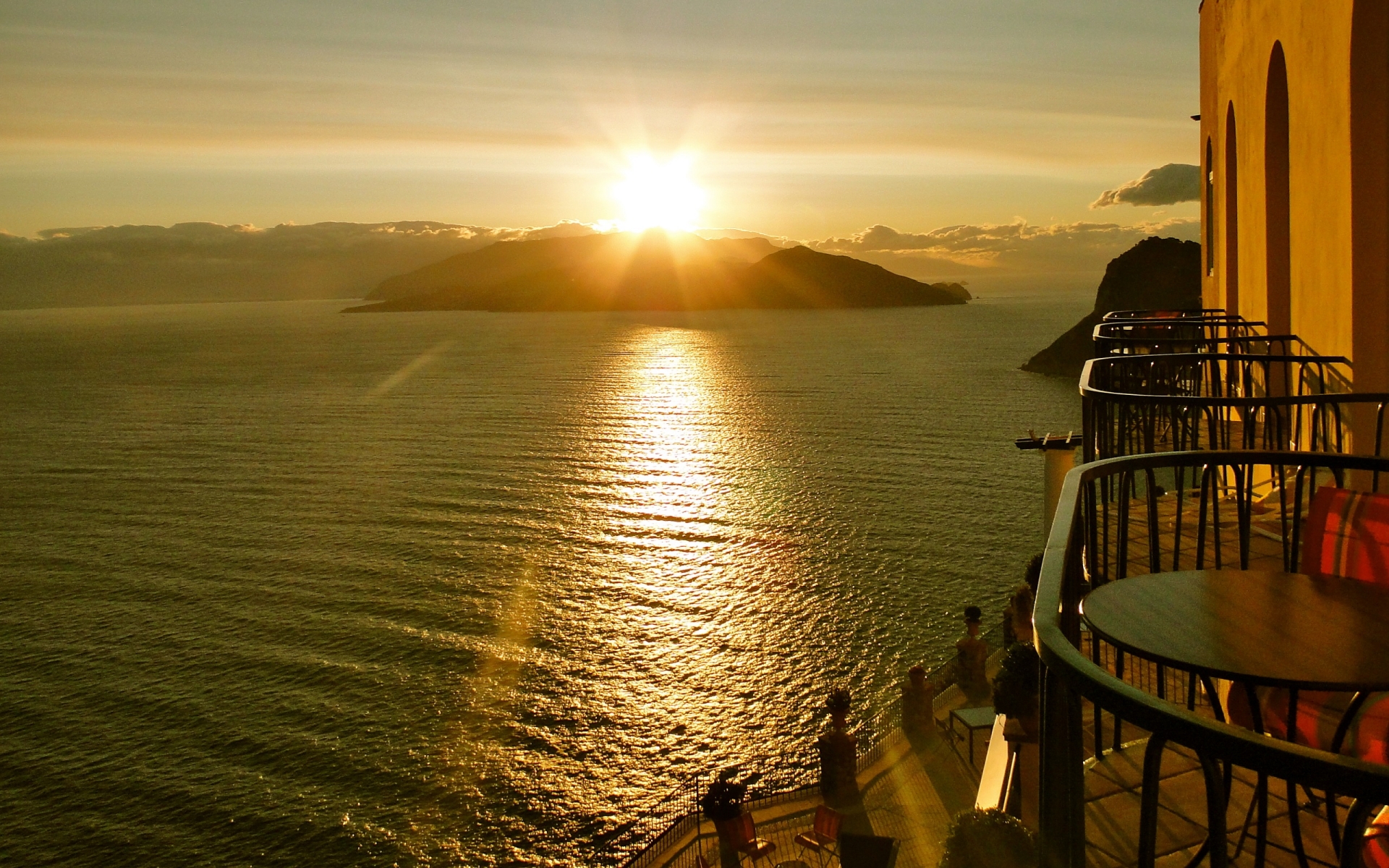




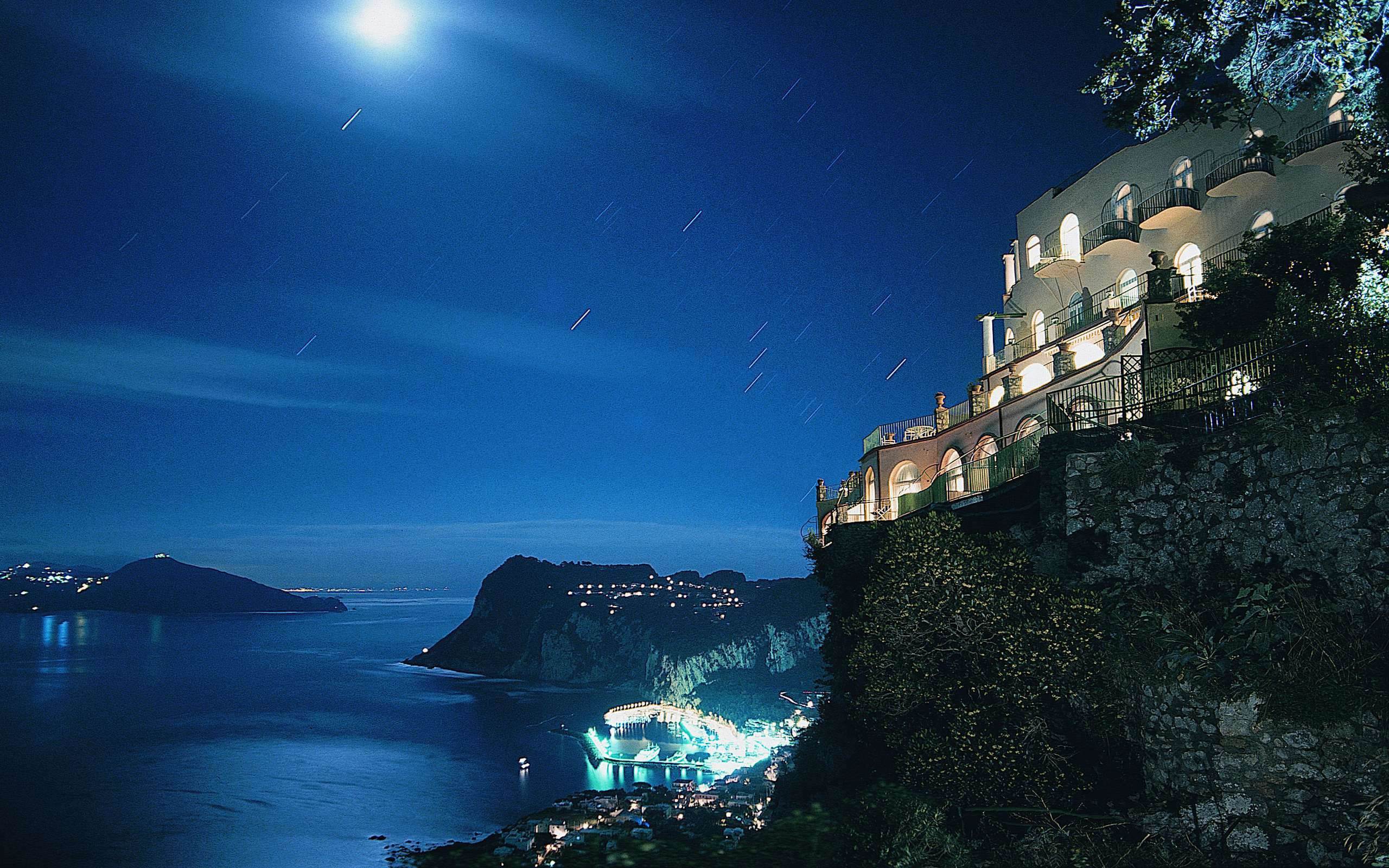
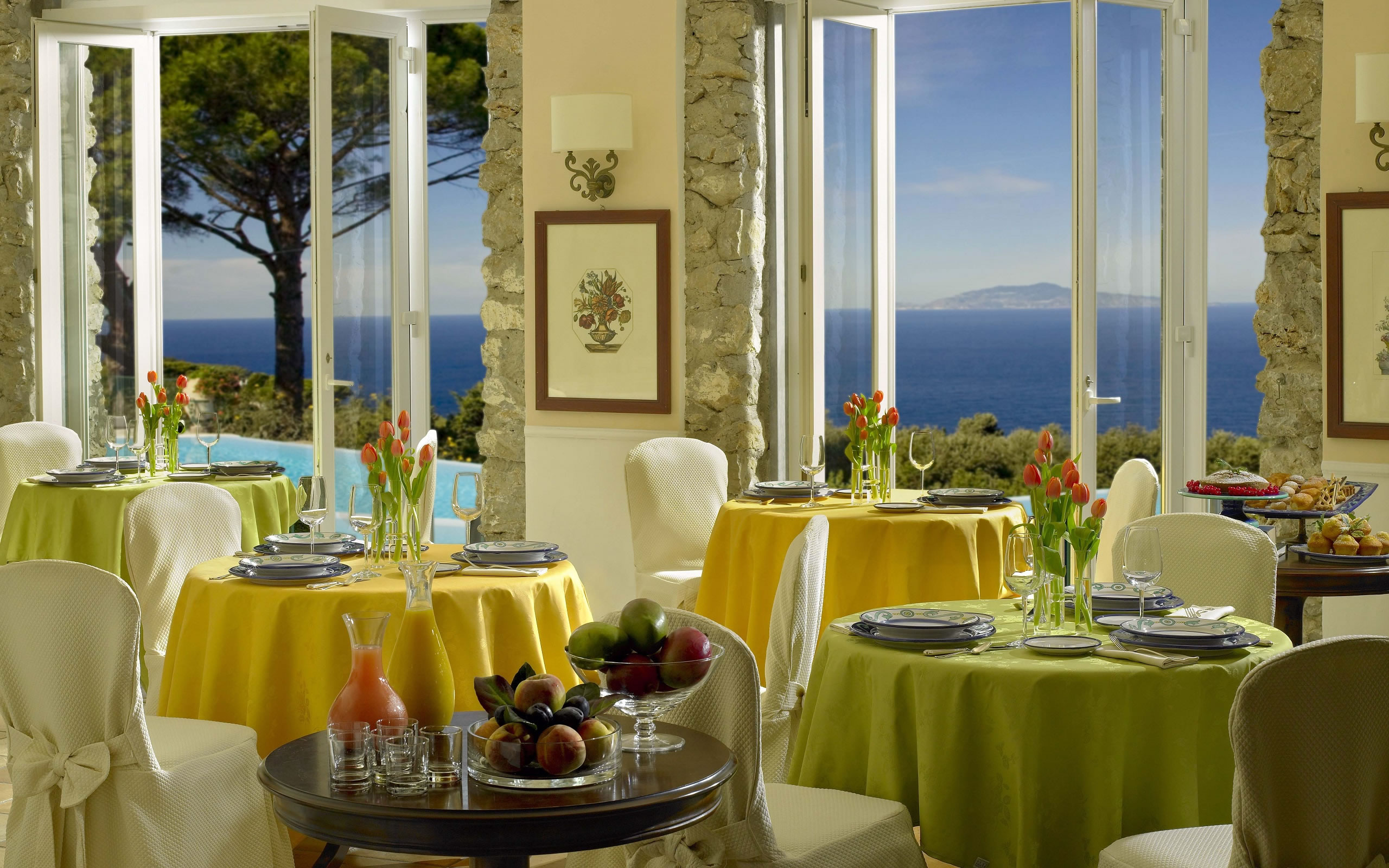



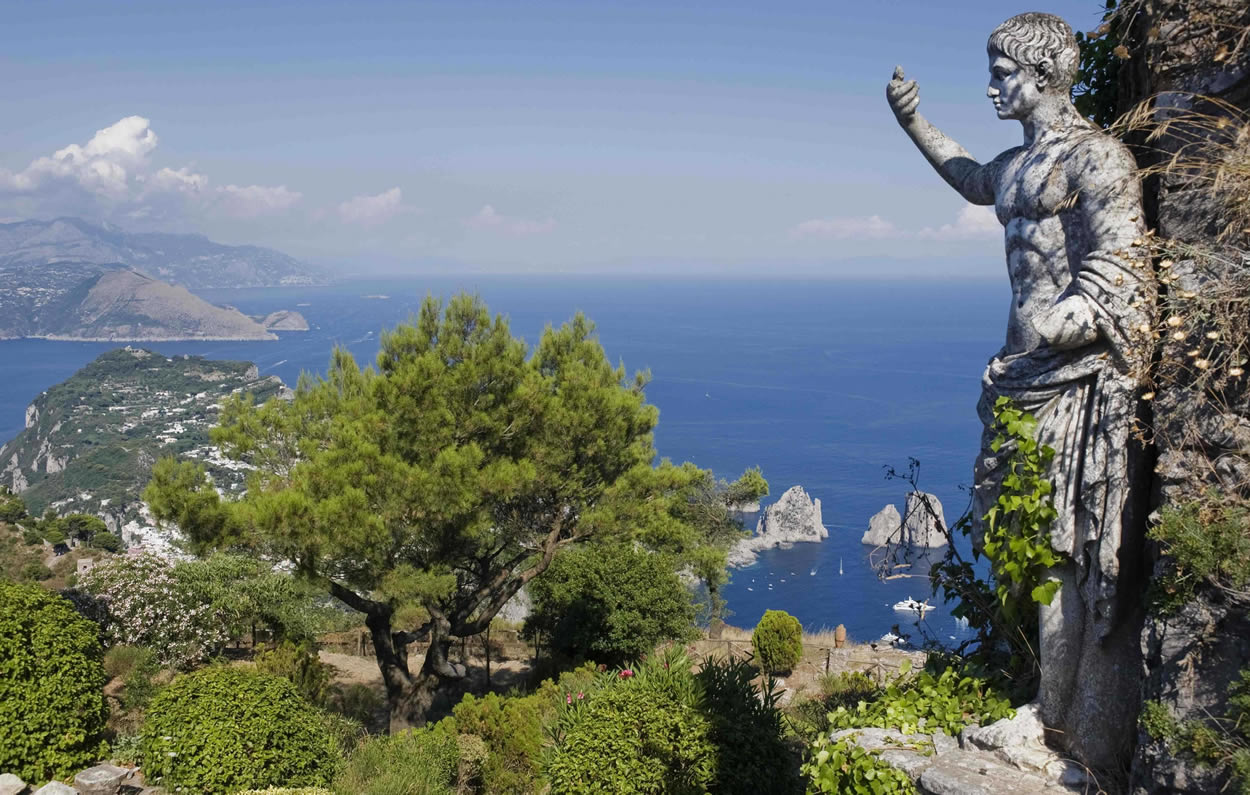


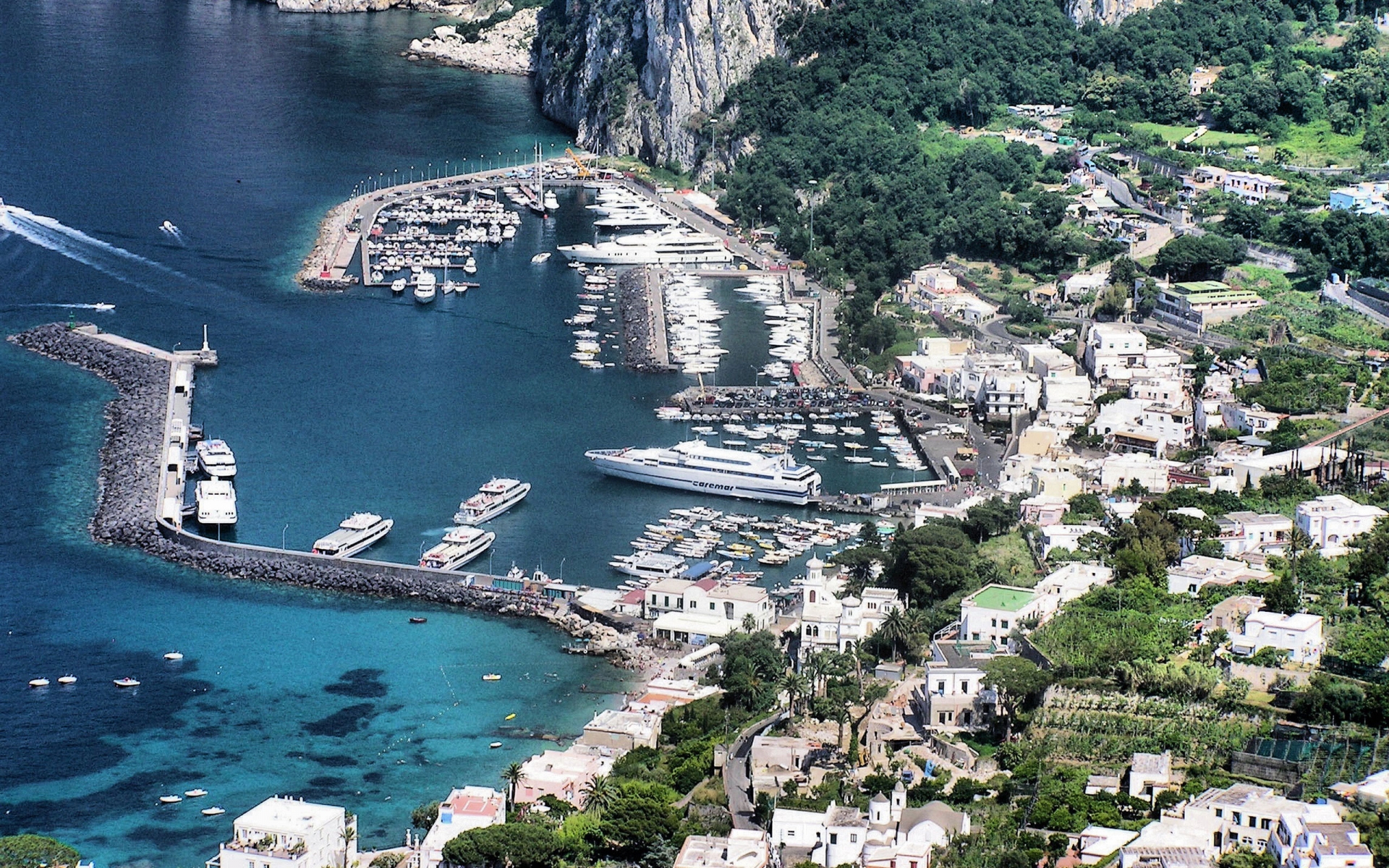


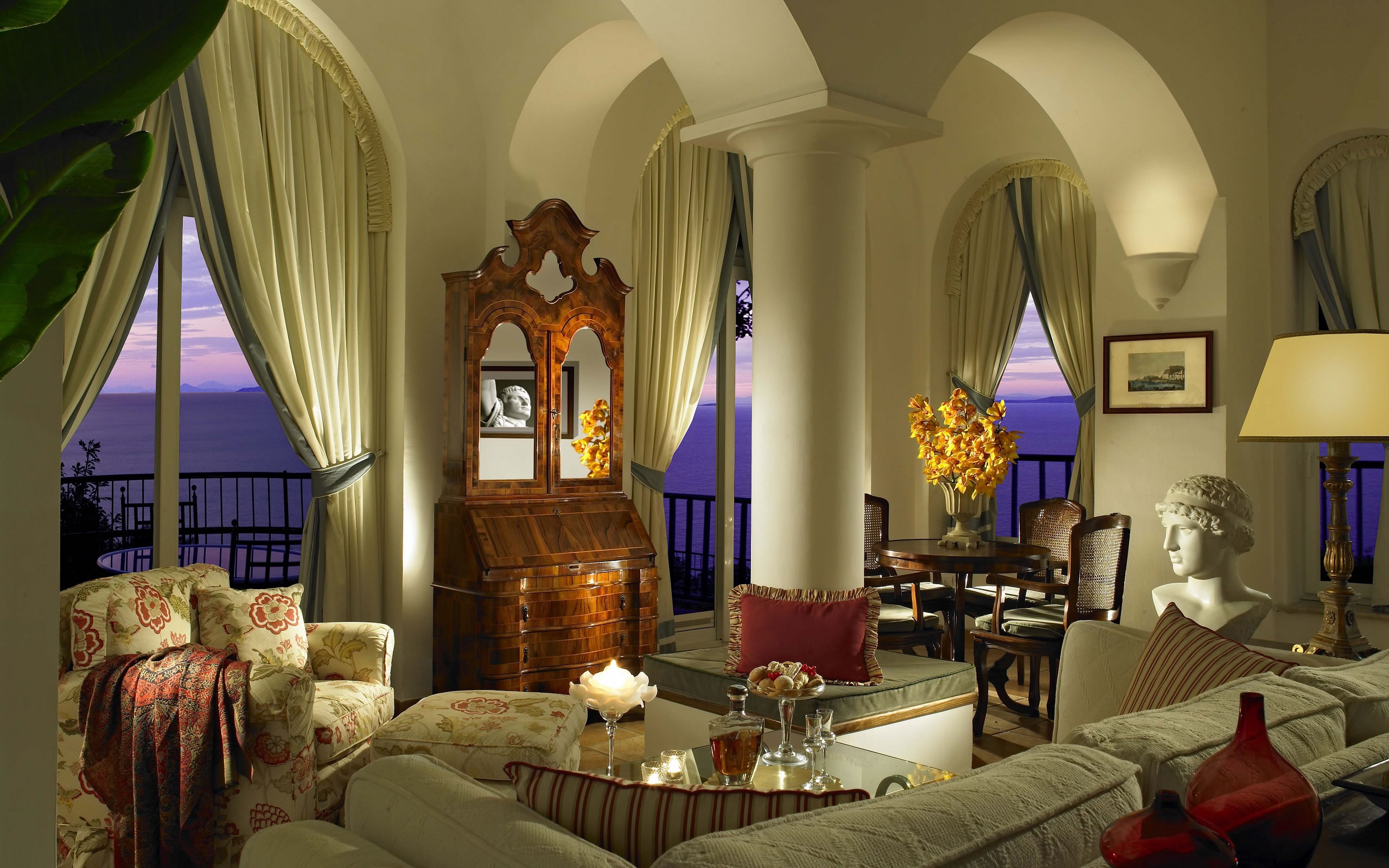

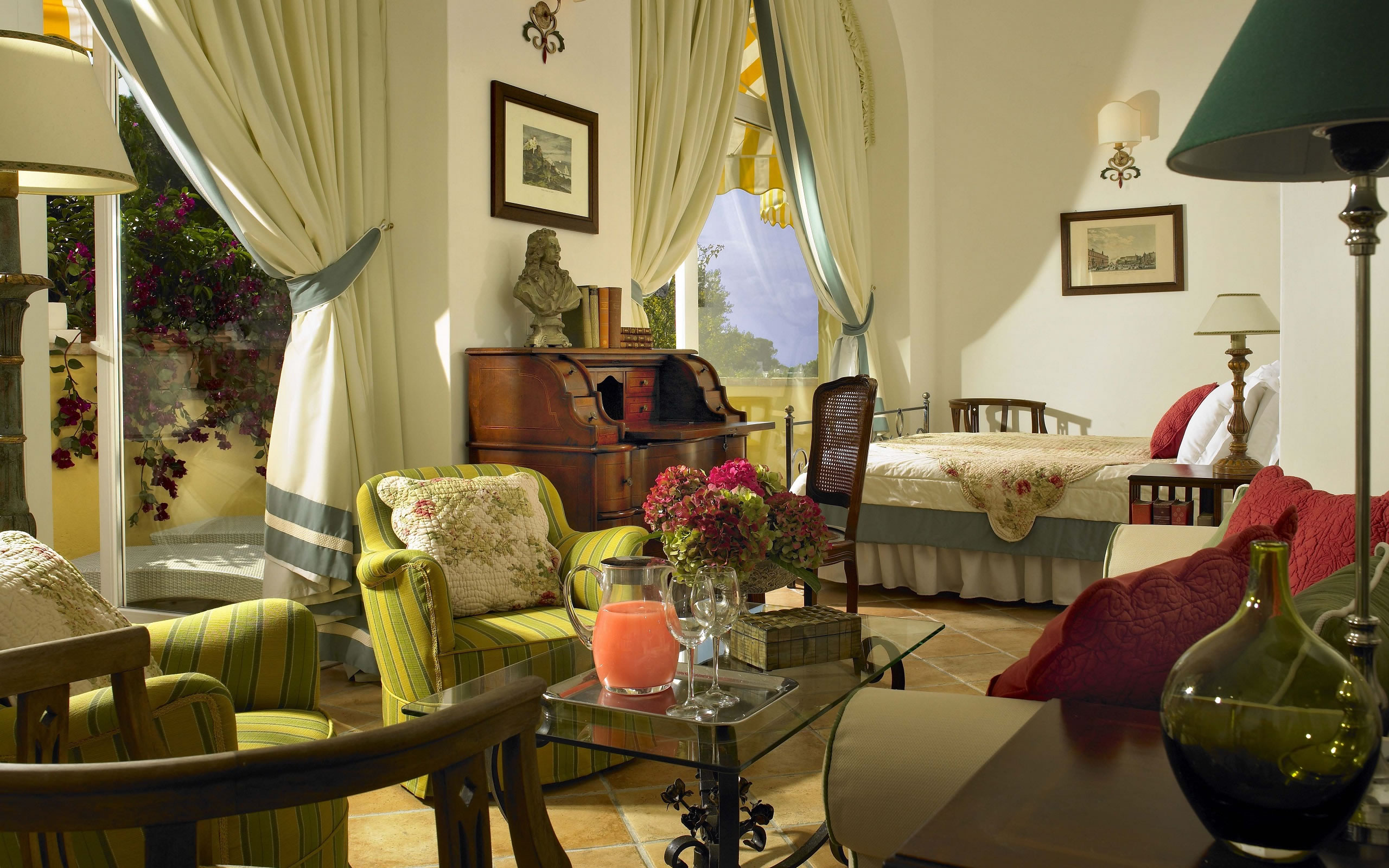
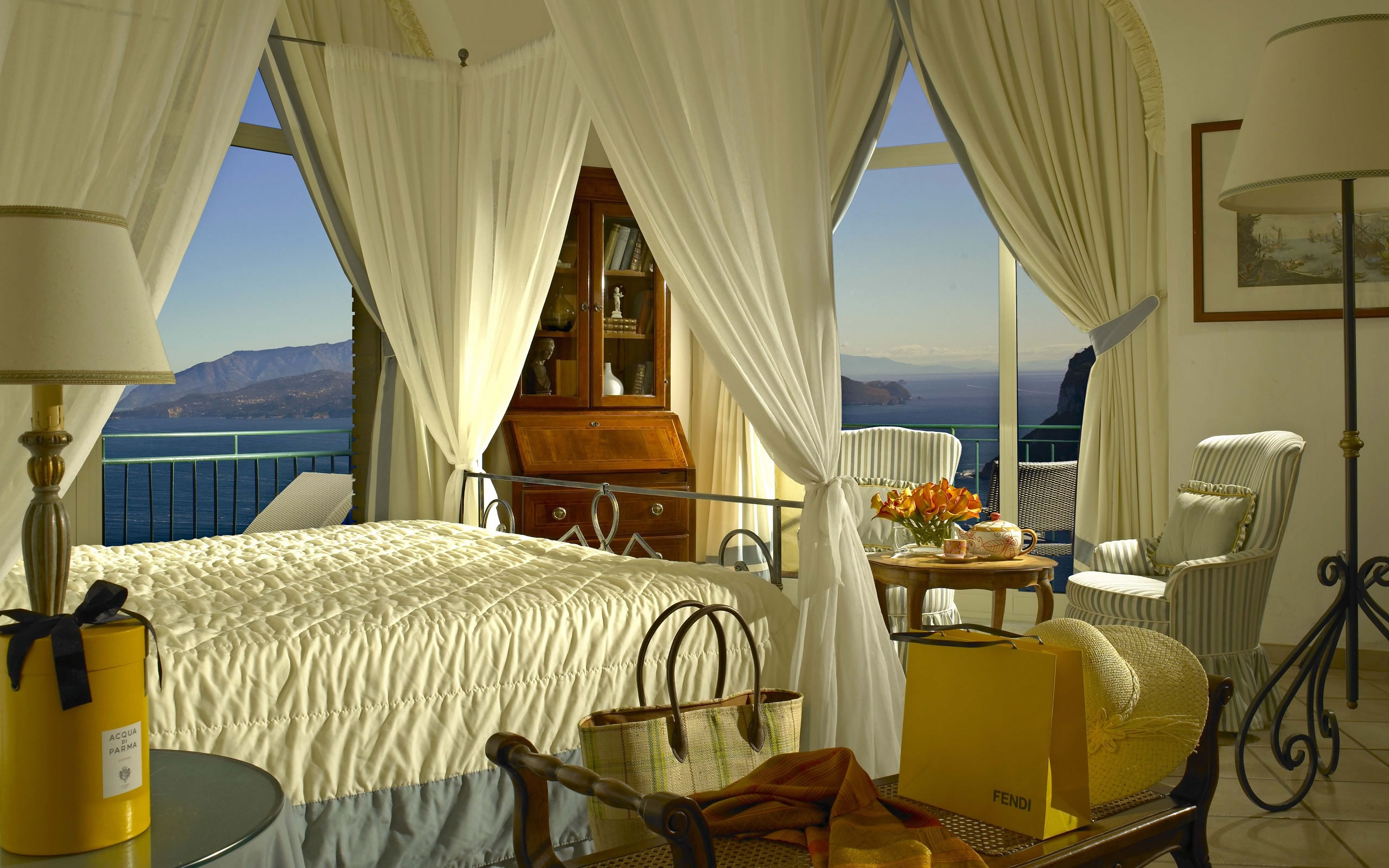


Comment as Anonymous or Log In
Comments